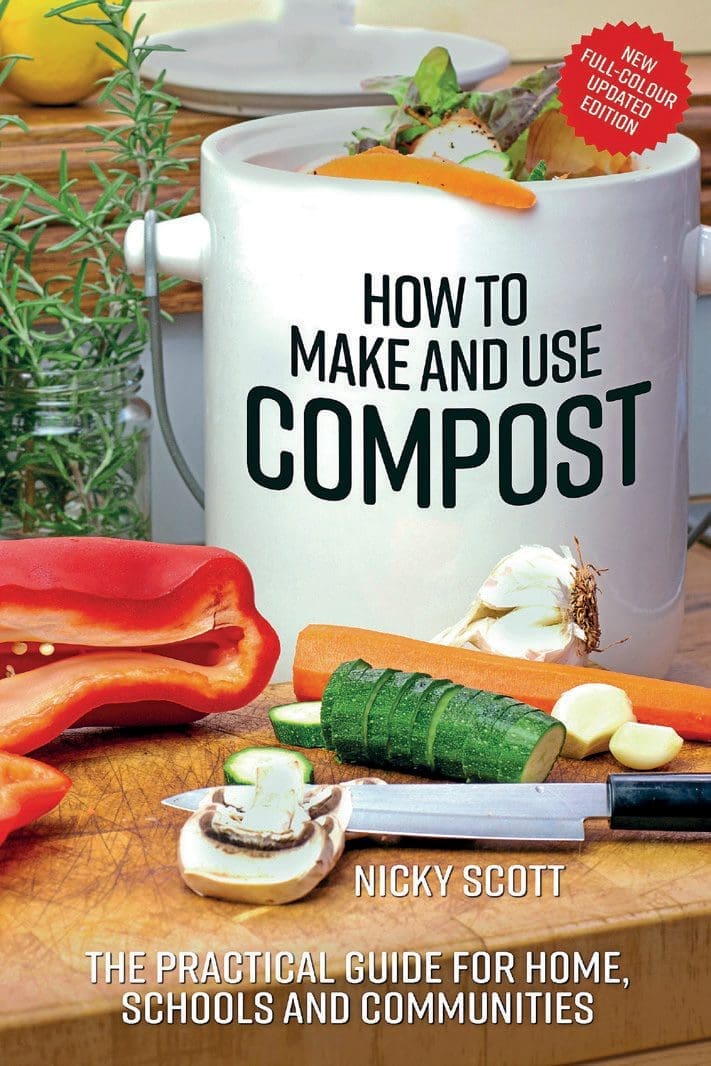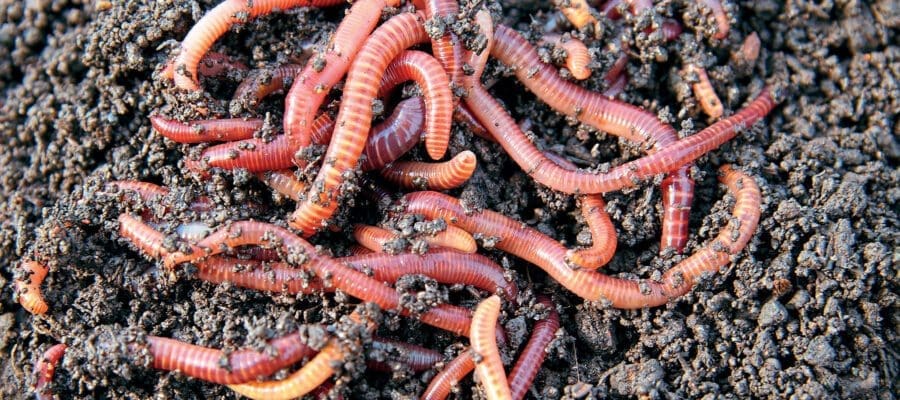Worms are one of nature’s wonders and can make fantastic compost too. In this extract from his recent book on composting, Nicky Scott offers this practical guide.
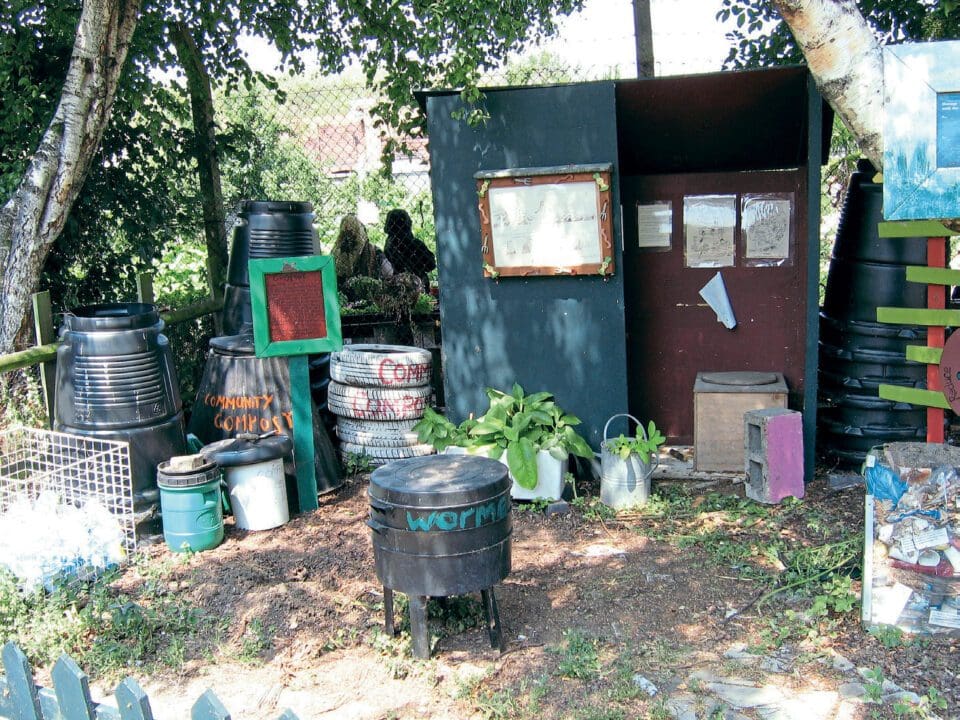
Worms are a natural part of the composting process, invading heaps after all the heat and excitement generated during the hot phase of composting, which also releases masses of liquid from the decomposing materials. The worms that colonise compost heaps are native species, which live on the surface, in the litter layer of the soil. In a compost heap they feed away immediately under the fresh layer of waste, and so the larger the surface area in a wormery the better. However, the wormeries on the market tend to be fairly vertical in shape, which makes them more convenient to fit into small spaces, but remember it is the surface area that limits how much you can add at any one time.
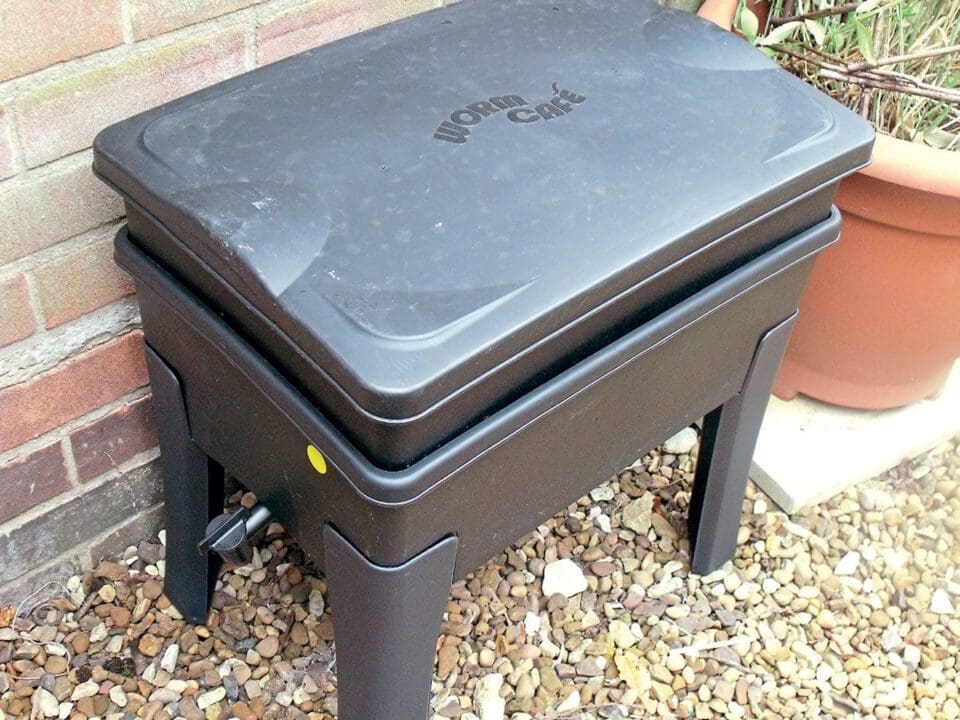
Whenever I take my portable wormery into a school it always generates huge enthusiasm from the staff and children alike. Some people really can’t stand the worms but most are fascinated by them. I love them for creating the very best compost and also for showing me that I’ve got the right conditions for them to thrive. When I take the front panels off one of my bins I expect to see a veritable waterfall of worms. I generally use them to finish the compost coming from my hot tumbling systems as, sadly, it is all too easy to kill off worms by overloading them with material. Nevertheless, many people use wormeries as ‘one-stop shops’ to process material from start to finish. If you do use a wormery as a ‘one stop shop’ in this way, do be prepared for fruit flies, and for the liquid released as the fresh material breaks down.
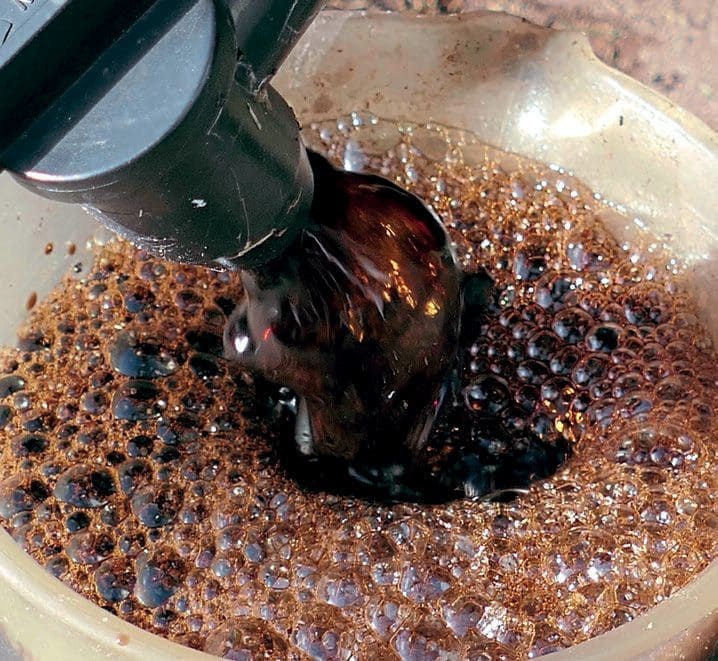
Pros of composting with worms
■ Will deal with any kind of food waste.
■ Makes the best, richest compost.
■ Provides you with liquid feed.
■ Fun! Kids love them too.
■ Can fit into a small space.
■ It’s a great way to finish off the compost from a tumbler system.
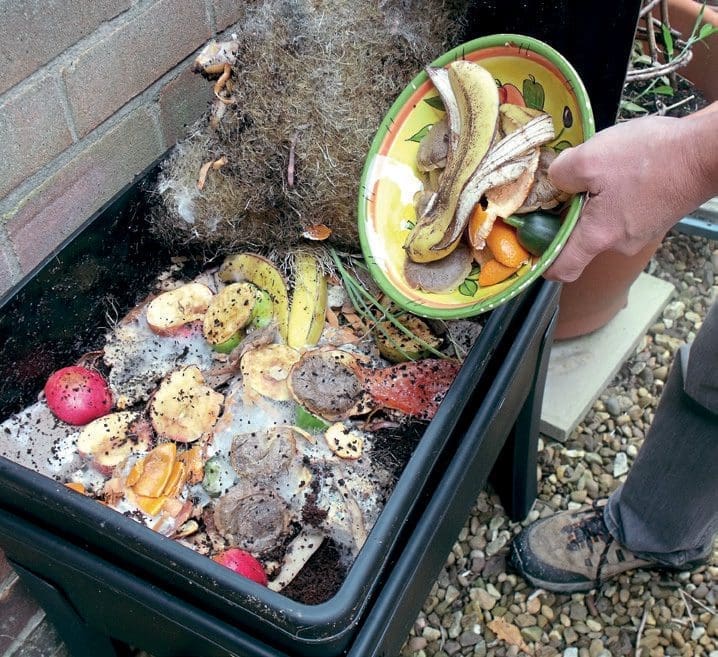
Cons of composting with worms
■ Worms can eat only a small amount at a time.
■ Adding too much material at once can cause the contents to heat up too much, which the worms don’t like, and could result in dead worms.
■ The wormery will start to fill up with leachate if it is not regularly tapped off – and if the tap blocks up the worms will all die.
■ If you add too much fruit you will attract fruit flies – it helps if you can bury the fruit just under the surface.
■ If you add any fresh meat you will attract blowflies – but, as with fruit, you can bury small amounts.
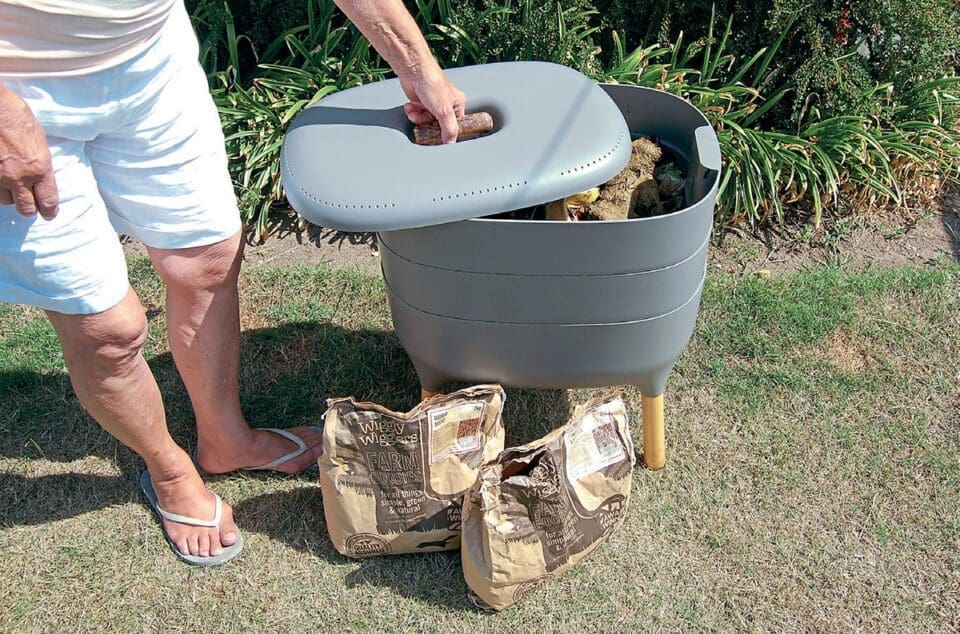
STARTER KIT
If you know nothing about wormeries, consider buying your wormery complete with a starter kit – this will contain all you need:
■ Instructions
■ Worms
■ Bedding
■ Ground limestone
■ Sometimes, worm treats and moisture mats
TYPES OF WORMERY
Most wormeries are made of plastic. There are three types:
1. A single container – some resemble small wheelie bins with a tap at the bottom. Inside at the base is a perforated layer, which allows liquid through.
2. A stacking system of shallow boxes with perforated bases – these systems are more expensive but make the emptying easier.
3. A worm bag. This is a woven polypropylene bag that is breathable, allowing air and liquids through but not flies. Keep it in a container such as a small rubbish bin.
Your local authority may offer wormeries at a reduced price, or you can easily research types and sources from many websites.
SINGLE-CONTAINER WORMERY
These generally resemble a small wheelie bin. Some have an insulated jacket, which is a really good extra to get. They have a tap on the bottom to collect the liquid.

Pros of single-container wormeries
■ Upright shape: it fits into a small space.
■ Everything you need is included.
■ Can deal with all kitchen waste.
Cons of single-container wormeries
■ Small surface area limits the area the worms can work.
■ Can deal with only small quantities per day.
■ Taps get clogged easily and worms drown as a result.
■ Whole container needs to be emptied when it is time to harvest.
STACKING-SYSTEM WORMERY
This is a nesting stack of round or rectangular containers on a base unit, which has a tap.
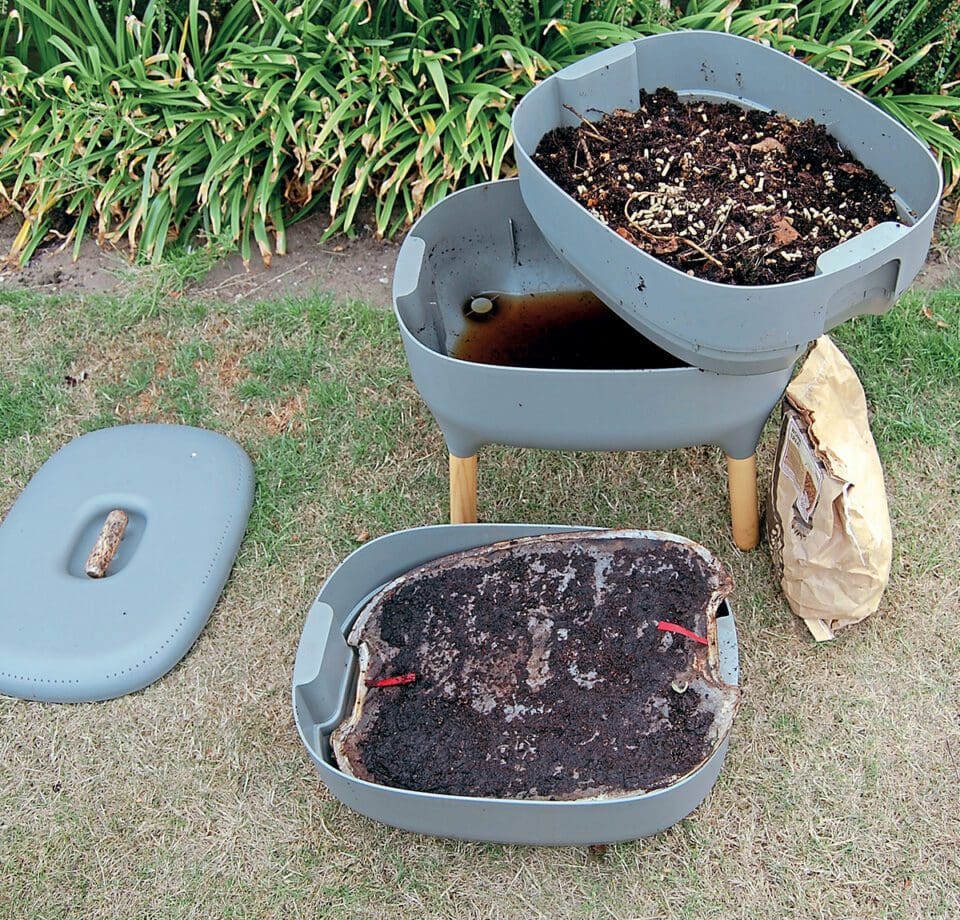
Pros of stacking wormeries
■ Makes emptying much easier – the worms migrate upwards as the wormery is filled, and when all the trays are full you simply remove the lowest tray, empty it and it becomes the new top tray.
■ All the other pros of the single-container composting system apply.
Cons of stacking wormeries
■ Small surface area limits the area the worms can work.
■ Can deal with only small quantities per day.
■ Taps get clogged easily and worms drown as a result.
■ Extra cost.
MAKING YOUR OWN WORMERY
Once you start keeping worms you will almost certainly want to increase your capacity – the more worms and wormeries you have, the more material you can process. Worms take their time and so, rather than forking out money buying lots of commercial wormeries, why not make your own?
GET THE BOOK!
How to Make and Use Compost – The Practical Guide for Home, Schools and Communities, £13.99, by Nicky Scott. Reproduced by kind permission of Green Books. www.greenbooks.co.uk
